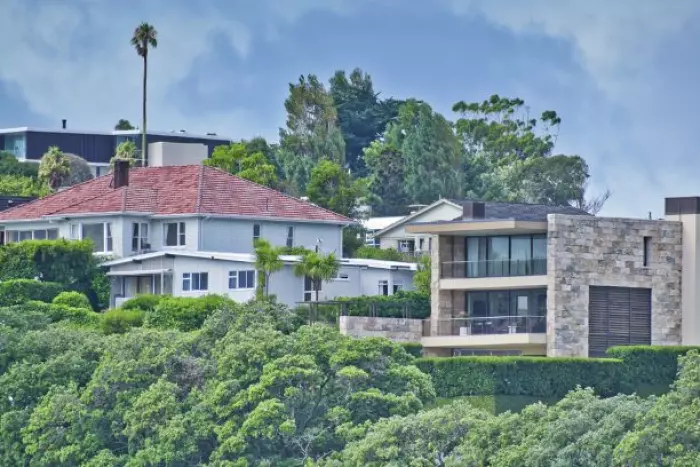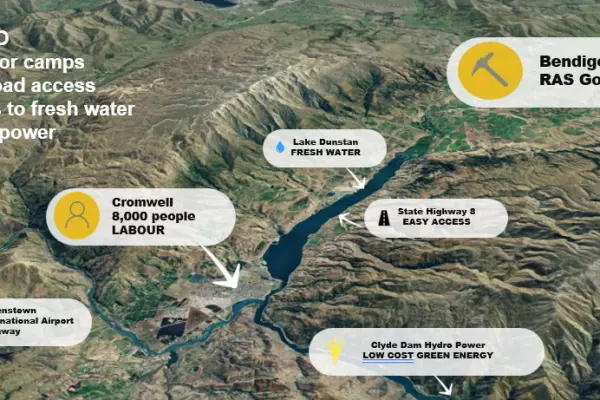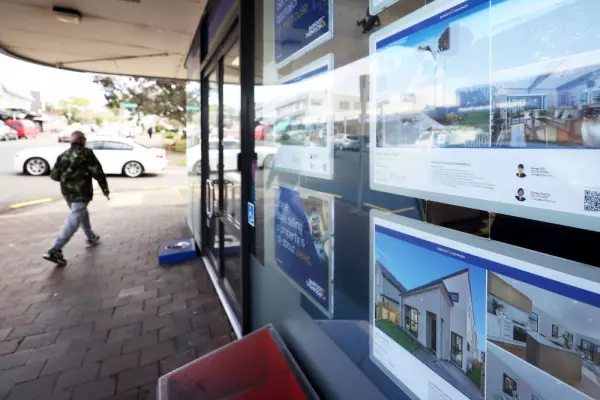House prices as a measure of income are at their highest levels since at least 2004, according to a new affordability report released today.
The analysis, by property analytics group CoreLogic, shows mortgage payments have tracked up to a third of household income, while prospective buyers now take an average of nine years to save for a deposit.
The results are not unexpected, given a 19% increase in housing price inflation recorded over the past 12 months by the Real Estate Institute of New Zealand, but come ahead of delayed policy announcements on the demand side of housing from Finance Minister Grant Robertson.
The report notes while incomes have fared better than “might have been expected given the covid pandemic”, the house price to income divide continues to widen and is now at its "equal highest" since the survey started in 2004.
The value to income data, developed by economic analysis group Infometrics, shows that nationally the house price/value to income ratio had climbed from 6.5 for the third quarter of 2020, to 6.8 last quarter — the highest level since late 2016.
Senior property economist Kelvin Davidson said many regions had also moved “beyond cyclical highs” with affordability measures deteriorating the most in Tauranga, Hamilton, Wellington and Dunedin.
The report notes that Auckland remains relatively less affordable than most parts of the country, but most of the North Island had been afflicted by worsening affordability, “certainly from Whanganui southwards and in Gisborne and Rotorua”.
And while some of the regional affordability issues can be attributed to lower starting points, Christchurch still stands out as “easily the most affordable main centre”, which on the back of post-earthquake recovery spending had acted as a drawcard to the city and areas like Selwyn and Waimakariri.
Davidson noted the Christchurch scenario is a good test case for “what happens when supply is allowed to adjust”.
Still, one of the biggest impasses to first home buying remains the time it takes to save for a mortgage deposit. That has steadily climbed from a long-term average of about 7.5 years to 8.6 years for the third quarter last year to what it is now — nine years.
The metric assumes a household saving rate of 15% of gross annual income, with an overall goal of saving a 20% deposit.
Despite further falls in mortgage rates, the affordability analysis suggests household spending on mortgages had ratcheted up from 31% in the third quarter to 33% last quarter. This comes on the back of a 6.1% increase in property prices in the final three months of last year, largely driven by rampant investor activity.
Risk-weighted lending
Kiwibank chief economist Jarrod Kerr said while he expects tighter loan-to-value ratio restrictions on investors from next month to slow that part of the market, more work is required if the RBNZ is to “rein in rampant house price gains”.
Kerr said the bank would like to see higher, risk-weighted lending rates on interest and investor only lending, with lower lending rates to first home buyers.
At the same time, he thinks variable mortgage rates should be “encouraged” lower by the RBNZ.
CoreLogic's Davidson, however, said banks are still testing a borrower’s ability to pay at theoretical “serviceability” rates of 6.5% or more, “so this at least provides a degree of reassurance about our ability to withstand higher market rates”.
Rents cheaper in the long run
The survey showed that rents, by comparison, remained slightly cheaper than servicing your own home — currently absorbing about 21% of household income.
This is only slightly above the “normal” level of 20%, Davidson said, though as a measure of affordability, rentals tended to be more stable given history shows over the long run rents generally rise at a similar pace to incomes.
With housing affordability worsening appreciably from October to December last year, “any further declines will increase the divide between existing owners and those who aspire to buy, and lessen the pool of people who can actually enter the market”.















